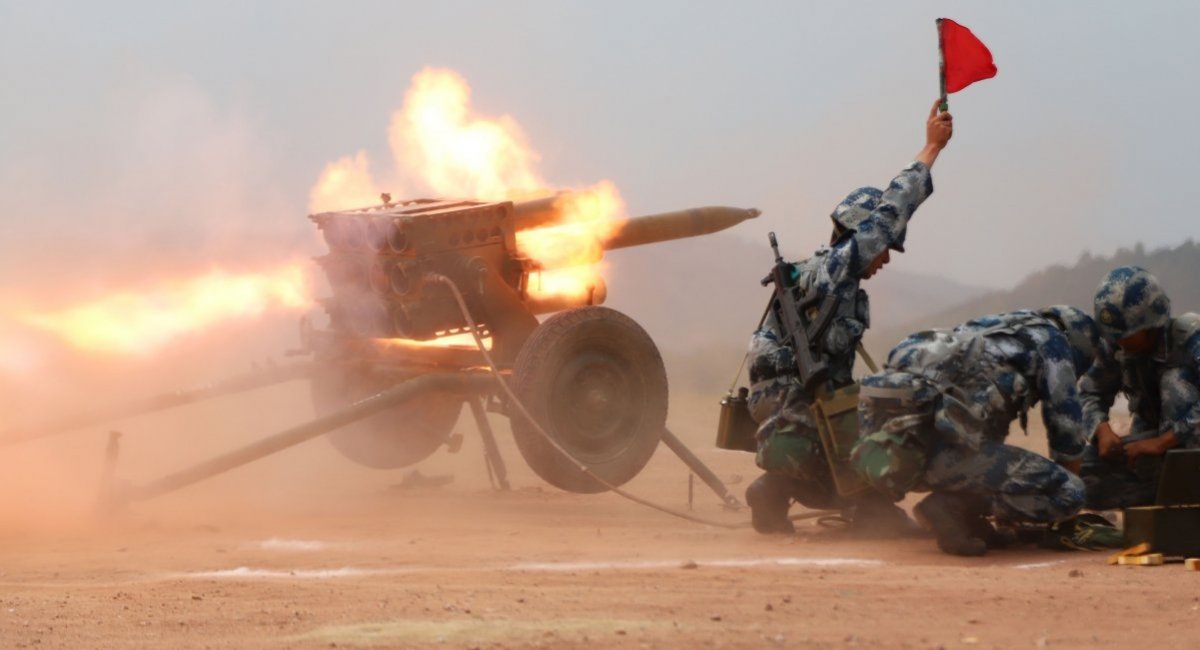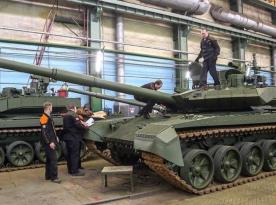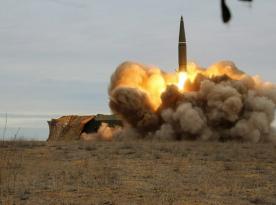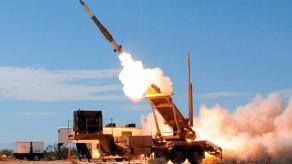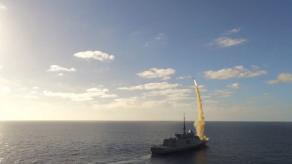Following the explosion at the 51st Arsenal of russia’s Ministry of Defense Main Missile and Artillery Directorate (GRAU) on April 22, local residents began finding and filming ammunition fragments scattered far around. Several videos appeared to show parts of 107mm unguided artillery rockets.
While it is difficult to confirm from video alone, especially without precise scale measurements, the tail sections and the absence of stabilizers characteristic of Soviet designs suggest that these are imported unguided rockets.
Read more: The 51st GRAU Arsenal 60 km from Moscow Was Destroyed: Why it Was the Most Difficult Target and What Was Hidden Inside
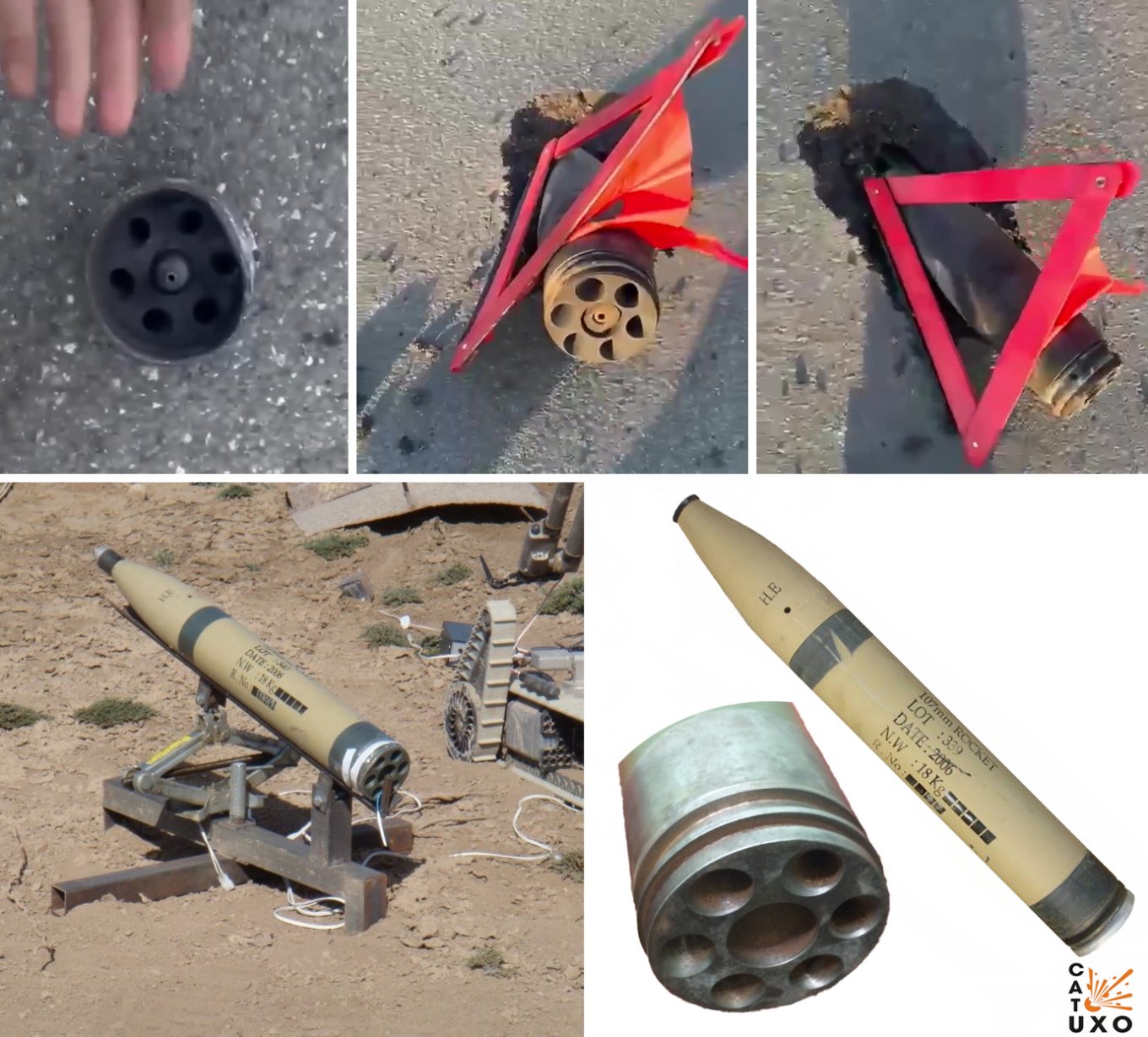
Some sources have labeled them specifically as Iranian Fadjr-1 rockets but it may be misleading. The 107mm rocket system is originally of Chinese origin and known as the Type 63.
To create the Type 63, Chinese engineers in the 1960s took Soviet 140mm BM-14 and reduced the caliber, the result became one of the most widely exported MLRS platforms. It's often simply referred to as the "107mm rocket" since many non-state actors like Hamas, Hezbollah, and ISIS frequently use the rocket paired with improvised single-tube launchers, though the original Chinese version features a 12-tube design.
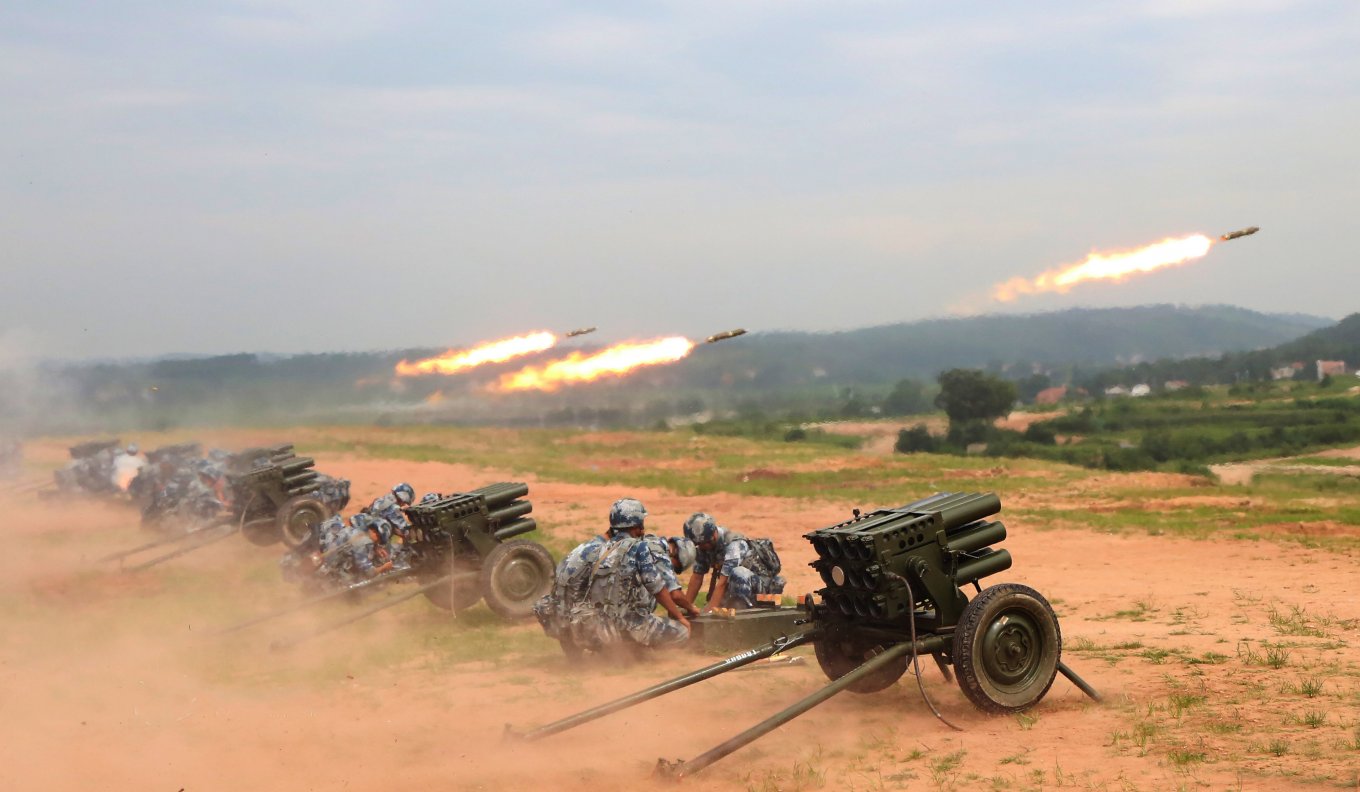
Type 63 rockets typically have a range of up to 8 kilometers, or up to 11 kilometers with more modern variants. Each rocket weighs approximately 18–19 kg, with about 8 kg comprising the warhead.
Over 30 countries — primarily in Africa and Asia — operate systems based on the Type 63, including localized versions. In addition to Iran’s Fadjr-1, North Korea also produces its own iteration, known as the Type 75.

It remains unclear how these munitions, and possibly their launch systems, ended up in russia. However, supply from either North Korea or Iran appears most plausible. Notably, there have been no confirmed reports of russia employing 107mm rockets in combat, though the possibility of their use via improvised launchers, portable or vehicle-mounted systems cannot be dismissed.
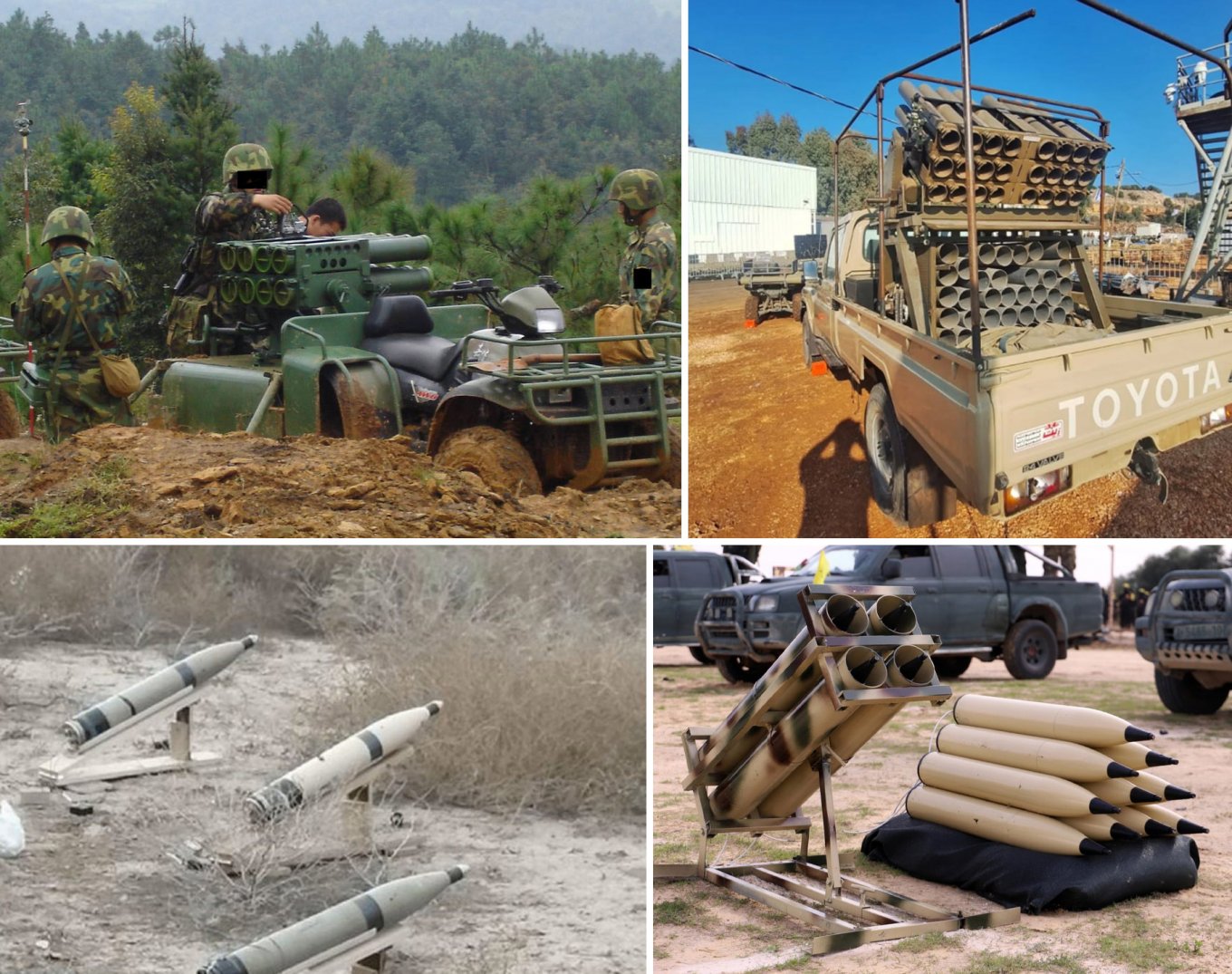
For a reminder, the 51st GRAU arsenal, located just 60 kilometers from Moscow, suffered a devastating attack this Tuesday, April 22. It was reportedly storing a wide array of missiles, including ballistic systems and MLRS munitions. The cause of the explosions remains unknown. Given the heavy concentration of air defenses in the area, it would be an exceptionally difficult target to hit with a long-range strike.
Read more: Assessment of Other Key GRAU Arsenals As Big as in Toropets Within Ukraine's Reach



